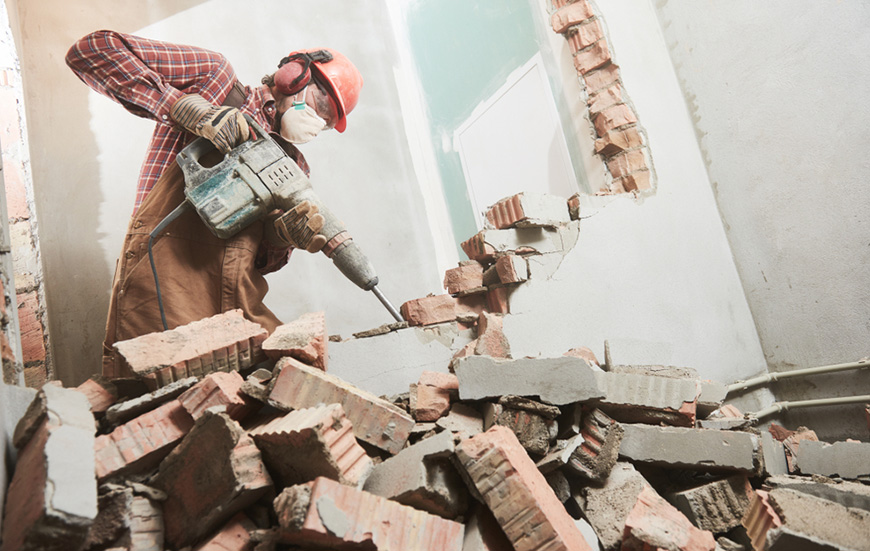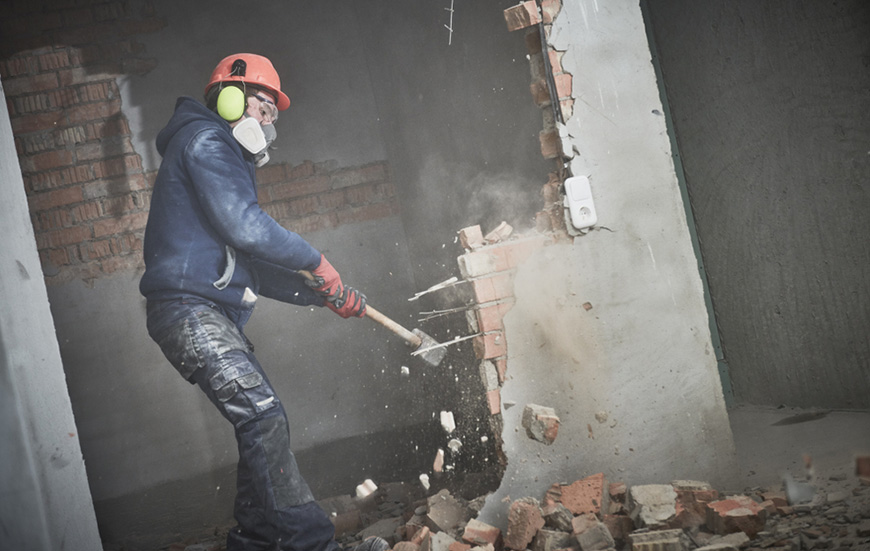Demolition services refer to the process of dismantling or demolishing buildings, structures, or
other man-made objects. Demolition services are often required when a building or structure is
no longer needed or is no longer safe to occupy.
The demolition process typically involves a range of activities, including:
Site Preparation:
Before demolition can begin, the site must be prepared, including the removal of any hazardous materials, such as asbestos or lead, and the securing of utilities such as water and electricity.
Demolition Planning:
The demolition process must be carefully planned to ensure the safety of workers and the public, as well as to minimize the impact on surrounding buildings and infrastructure.
Demolition Methods:
There are various methods of demolition, including manual demolition, mechanical demolition using heavy machinery such as excavators, or implosion, which involves strategically placing explosives to collapse the structure.
Material selection:
The design team will work with the client to select the materials that will be used for the exterior of the space. This may include paving materials, outdoor furniture, lighting fixtures, and landscaping materials. The team will consider factors such as durability, cost, and aesthetic appeal when selecting materials.
Waste Removal:
Once the demolition is complete, the resulting debris and waste must be removed from the site and disposed of appropriately, often through recycling or landfill.
Let's explore each of these in more detail:
-
assessment
Before demolition can take place, a site assessment is carried out to identify any potential hazards and determine the best approach for demolition. This may involve testing for hazardous materials such as asbestos and lead paint, identifying underground utilities, and assessing the structural integrity of the building.
-
Safety planning
Demolition is a high-risk activity that requires careful planning and preparation to ensure the safety of workers and the public. This may involve developing a safety plan that outlines the steps that will be taken to control hazards such as falling debris, dust, and noise.
-
Removal of hazardous materials
Hazardous materials such as asbestos, lead paint, and mold need to be safely removed before demolition can take place. This may involve using specialized equipment and techniques to ensure that the materials are safely contained and disposed of under local regulations.
-
Dismantling of structures
Once hazardous materials have been removed, the structure can be dismantled using a range of techniques, such as manual demolition, mechanical demolition, or implosion. The chosen method will depend on the size and complexity of the structure, as well as the surrounding environment.
-
clearance
After the structure has been demolished, the site needs to be cleared and made safe for future use. This may involve grading the site to ensure proper drainage, removing any remaining debris, and preparing the site for new construction.




